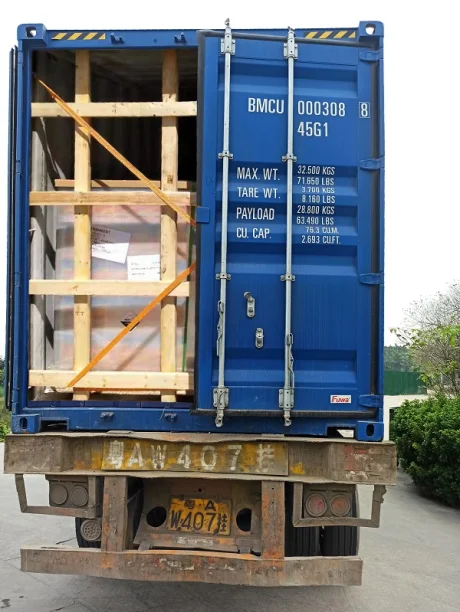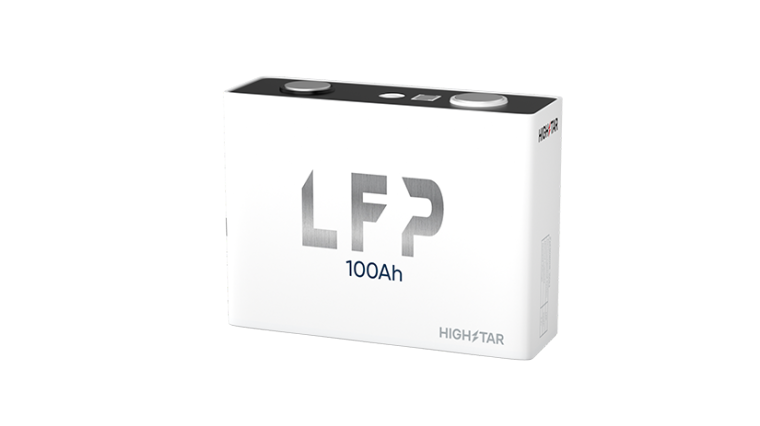Dangerous goods transportation is a complex process that requires careful planning and execution to ensure the safety of people, property, and the environment. Corrosive substances are among the most hazardous materials that require special handling and transportation procedures. These substances can cause severe damage to living tissues, metals, and other materials, and can pose a significant risk to human health and the environment if not handled properly. In this blog post, BENMA LOGISTICS will discuss the features of dangerous goods transportation of corrosive substances and the measures that must be taken to ensure their safe transportation.
Classification of Corrosive Substances
Corrosive substances are classified as Class 8 dangerous goods under the United Nations (UN) Model Regulations on the Transport of Dangerous Goods. These substances are defined as materials that can cause severe damage to living tissues, metals, and other materials upon contact. Corrosive substances can be either acids or bases, and their corrosive properties are determined by their pH value. Acids have a pH value of less than 7, while bases have a pH value greater than 7.
Examples of corrosive substances include hydrochloric acid, sulfuric acid, nitric acid, sodium hydroxide, and potassium hydroxide. These substances are commonly used in various industries, such as chemical manufacturing, metal processing, and cleaning and maintenance.
Features of Dangerous Goods Transportation of Corrosive Substances
Transporting corrosive substances requires special precautions to ensure the safety of people, property, and the environment. The following are the features of dangerous goods transportation of corrosive substances:
1. Packaging
Corrosive substances must be packaged in containers that are designed to withstand the corrosive properties of the substance. The packaging must be leak-proof, durable, and resistant to damage during transportation. The containers must also be labeled with the appropriate hazard warning labels and markings to indicate the nature of the contents.
2. Handling
Corrosive substances must be handled with extreme care to prevent spills, leaks, or other accidents. Handlers must wear appropriate personal protective equipment, such as gloves, goggles, and protective clothing, to protect themselves from the corrosive properties of the substance. Handlers must also be trained in the proper handling procedures and emergency response measures in case of an accident.
3. Transportation
Corrosive substances must be transported in vehicles that are designed and equipped to handle dangerous goods. The vehicles must be properly labeled and marked with the appropriate hazard warning signs and placards to indicate the nature of the contents. The vehicles must also be equipped with spill containment and emergency response equipment, such as absorbent materials, fire extinguishers, and first aid kits.
4. Documentation
Transportation of dangerous goods requires proper documentation to ensure compliance with regulatory requirements. The documentation must include the proper shipping name, UN number, hazard class, packing group, and other relevant information. The documentation must also be kept with the shipment and made available to the relevant authorities upon request.
5. Emergency Response
Transportation of dangerous goods requires proper emergency response measures in case of an accident. Handlers must be trained in the proper emergency response procedures, such as spill containment, evacuation, and first aid. The vehicles must also be equipped with emergency response equipment, such as spill kits, fire extinguishers, and first aid kits.

Measures to Ensure Safe Transportation of Corrosive Substances
To ensure the safe transportation of corrosive substances, the following measures must be taken:
1. Compliance with Regulatory Requirements
Transportation of dangerous goods is regulated by various international, national, and local regulations. Handlers must comply with these regulations to ensure the safe transportation of corrosive substances. The regulations include the UN Model Regulations on the Transport of Dangerous Goods, the International Maritime Dangerous Goods Code, the International Civil Aviation Organization Technical Instructions for the Safe Transport of Dangerous Goods by Air, and the US Department of Transportation Hazardous Materials Regulations.
2. Proper Packaging and Labeling
Corrosive substances must be packaged in containers that are designed to withstand the corrosive properties of the substance. The containers must also be labeled with the appropriate hazard warning labels and markings to indicate the nature of the contents. Handlers must ensure that the packaging and labeling comply with regulatory requirements.
3. Proper Handling and Transportation
Corrosive substances must be handled and transported with extreme care to prevent spills, leaks, or other accidents. Handlers must be trained in the proper handling and transportation procedures and must wear appropriate personal protective equipment. The vehicles used for transportation must be properly labeled and marked with the appropriate hazard warning signs and placards. The vehicles must also be equipped with spill containment and emergency response equipment.
4. Proper Documentation
Transportation of dangerous goods requires proper documentation to ensure compliance with regulatory requirements. Handlers must ensure that the documentation includes the proper shipping name, UN number, hazard class, packing group, and other relevant information. The documentation must also be kept with the shipment and made available to the relevant authorities upon request.
5. Proper Emergency Response
Transportation of dangerous goods requires proper emergency response measures in case of an accident. Handlers must be trained in the proper emergency response procedures, such as spill containment, evacuation, and first aid. The vehicles used for transportation must also be equipped with emergency response equipment, such as spill kits, fire extinguishers, and first aid kits.
Conclusion
Transportation of corrosive substances is a complex process that requires careful planning and execution to ensure the safety of people, property, and the environment. Corrosive substances are classified as Class 8 dangerous goods and require special handling and transportation procedures. The features of dangerous goods transportation of corrosive substances include proper packaging, handling, transportation, documentation, and emergency response. To ensure the safe transportation of corrosive substances, handlers must comply with regulatory requirements, properly package and label the substances, handle and transport them with extreme care, maintain proper documentation, and have proper emergency response measures in place.
https://www.benmaglobal.com/Features-of-dangerous-goods-transportation-of-corrosive-substances.html
BENMA
sales@benmaglobal.com



